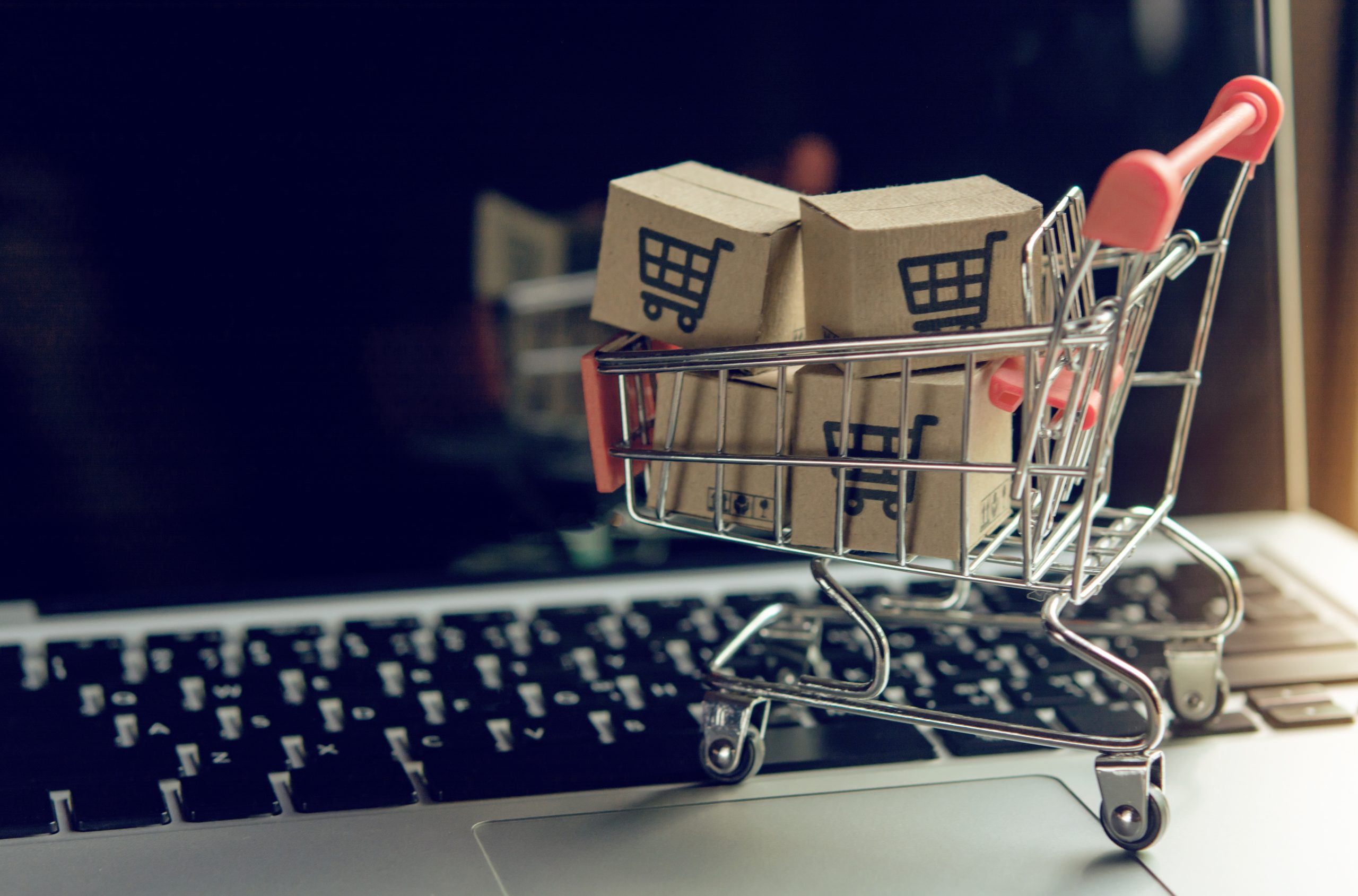
By Andrew Hackett

B2C stands for Business-to-Consumer and refers to goods or services sold by a business to end customers, typically they will sell the products of multiple manufacturers, customers are then faced with several options, so an individual manufacturer can’t control whether their product is chosen over a competitor’s. This lack of control extends to the overall customer experience, engagement, and brand positioning, which retailers instead handle. D2C (or DTC) stands for Direct to Consumer. In simple terms it means that orders are fulfilled and shipped directly to the end customer. D2C (Direct to Consumers) is a business model where service providers/product manufacturers sell and ship their products/services directly to end-consumer without any intermediary. These brands sell their product directly to consumers via self-owned sales channels, such as an outlet, showroom, or online store.
The main similarity D2C vs B2C businesses is that both sell the product directly to the end consumer. Two major separating factors are:
Production: A B2B business might have their own product manufacturing setup or just act as an agent between manufacturer and end consumer. A D2C company either manufactures its own product or brand white label products as their own for reselling.
Distribution: A B2B business might sell their product directly to their customer or to a distributor, wholesaler, or retailer. A D2C business sells its product directly to customer only.
This difference in production and distribution lead to an increase in complexity for D2C retailers however they also provide a host of opportunities to improve what they offer their end consumer.
Considerations
Despite the many benefits of the D2C model, it does have some drawbacks. Since the producer has total control over marketing, sales, and distribution, all of the liability also falls on their shoulders. Among other things, you’ll have to handle:
- Cyber breaches on your website
- Potentially complicated and expensive shipping
- Sensitive customer data
D2C brands are also responsible for any customer service issues that their customers may face. B2C companies can fall back on a marketplace’s customer support if they see any kind of uptick in customer demand
If a D2C website sees a similar surge, addressing the needs of every customer can prove challenging. That’s why customer service automation tools are often indispensable to high-growth ecommerce brands.
Supply Chain Issues Can Be Tough to Coordinate. Brands that use direct to consumer marketing can face challenges in managing their own supply chain, new logistical networks may have to be built from the ground up.
Conversions Can Be Tricky. Direct to consumer brands often stand apart because they feature exceptionally low costs and/or free trials. Though free trials attract potential consumers, D2C brands run into problems with consumers frequently cancelling at the end of the trial or paying for no more than a couple months of service.
It also requires Expertise in several areas. Beyond just worrying about creating a product, D2C companies have to know how to acquire customers, understand shipping logistics, and devote more time and resources to processes that could otherwise be outsourced to intermediaries.
Why choose D2C?
When a consumer goods company looks beyond its wholesale strategy to include D2C channels, they tap into new opportunities to build relationships with their existing customers, expand their reach to new audiences, and grow sales beyond the potential limitations of current retail partners. They can even use their D2C site to test new products and collect first-party data that can help them improve their business.
Perhaps the most important aspect of D2C is providing you first-hand data that lets you personalise your customer experience. When distribution partners sell a company’s products to the end consumers, only those partners have access to that customer data. Those partners, whether they are a retailer or a marketplace like Amazon, generally don’t share what they know.
However, if a company sells products direct to consumer, they collect that first-party data themselves. They can identify customers and deliver targeted promotions and offers using their website or app, email lists, point-of-sale systems, and social media channels.
Knowing more about their customers helps brands cross-sell and upsell. It can influence product development and marketing tactics. They can acquire new customers more easily by using what they know about current shoppers.
D2C also allows for a rapid, iterative approach; In a traditional wholesale model, many retail distributors are reluctant to stock their shelves with untested products. They may require larger financial commitments to offset potential losses, as a D2C company it’s possible to put out new products quickly, rapidly gaining feedback for improvements.
Building a branded website using your new data isn’t easy, but a customised digital shopping experience makes your products more accessible and desirable for online audiences. You can share in-depth product information and complementary content. You might offer free samples or trials, a subscription service, or online exclusives. Make it easy for shoppers to get everything they need with bundled discounts and free shipping. All the extras can encourage customers to come back to your site in addition to or as a substitute for existing points of sale in your distribution network.